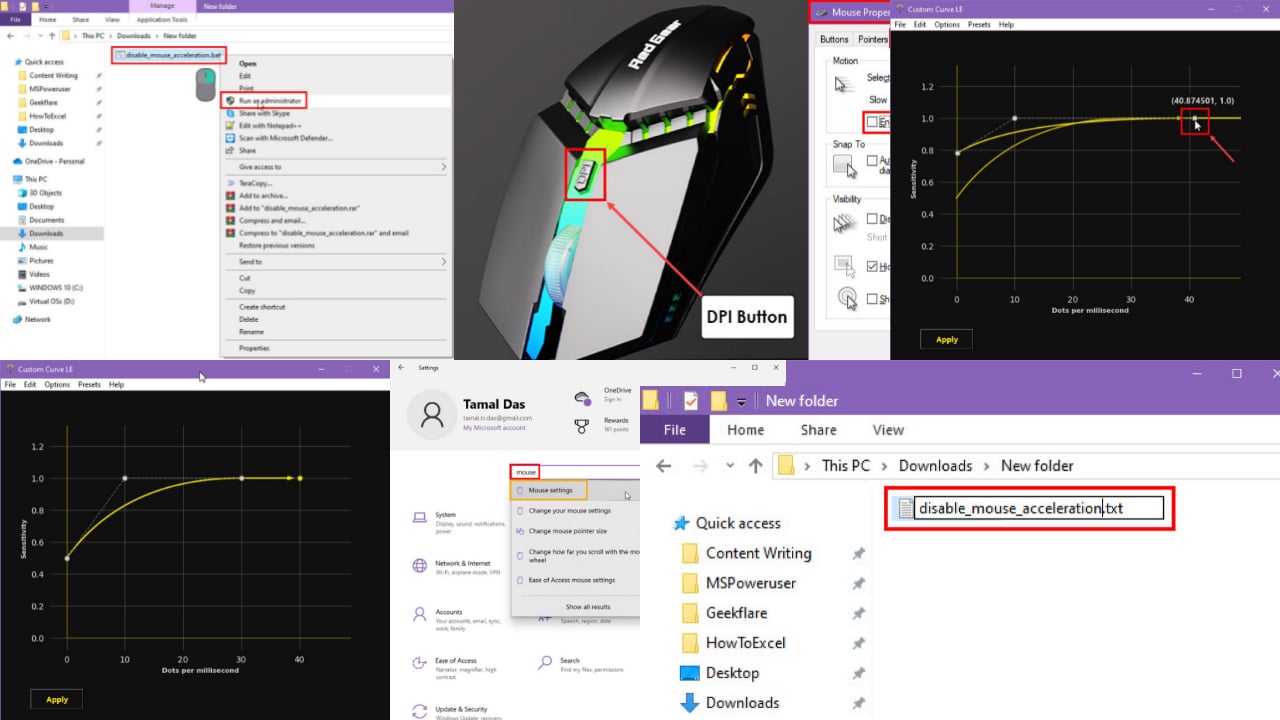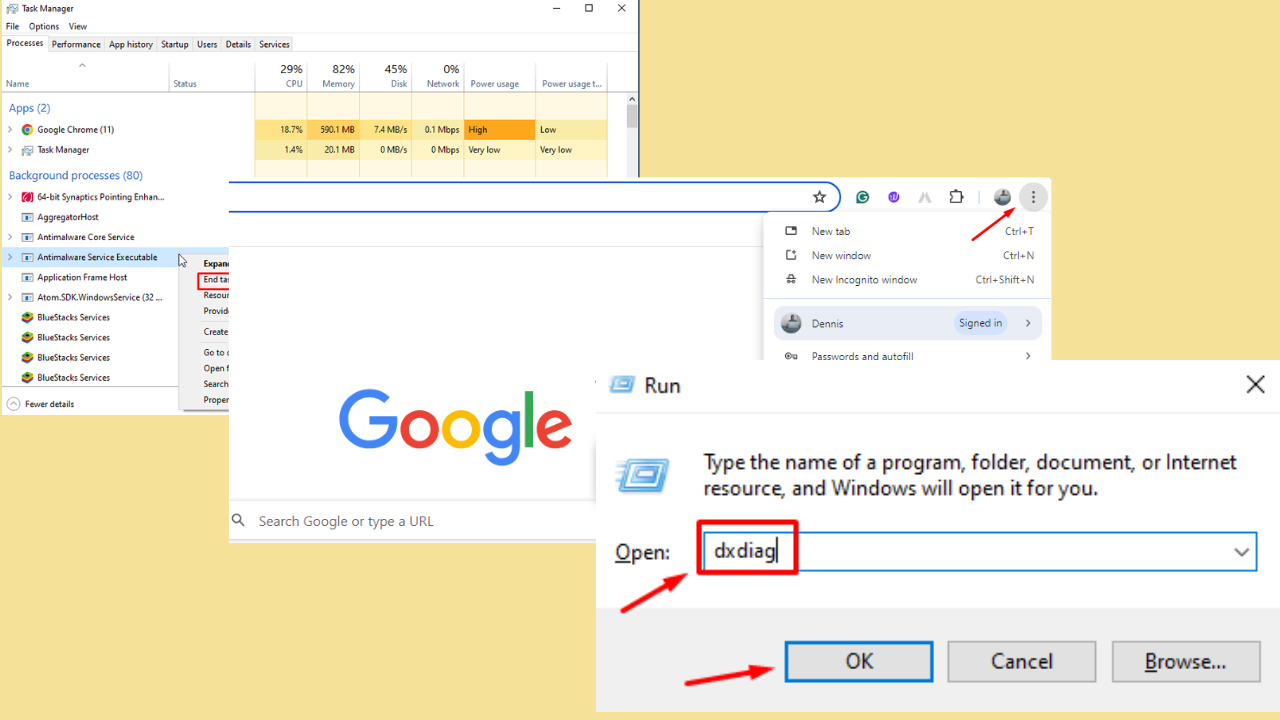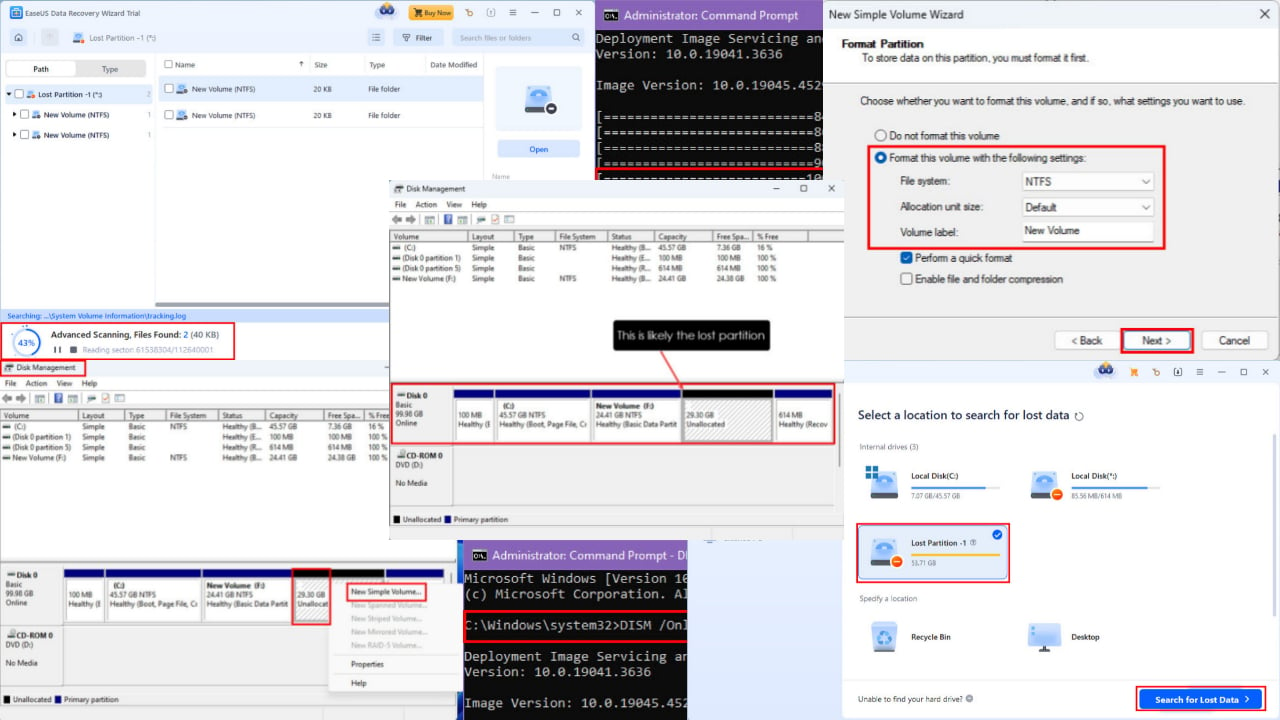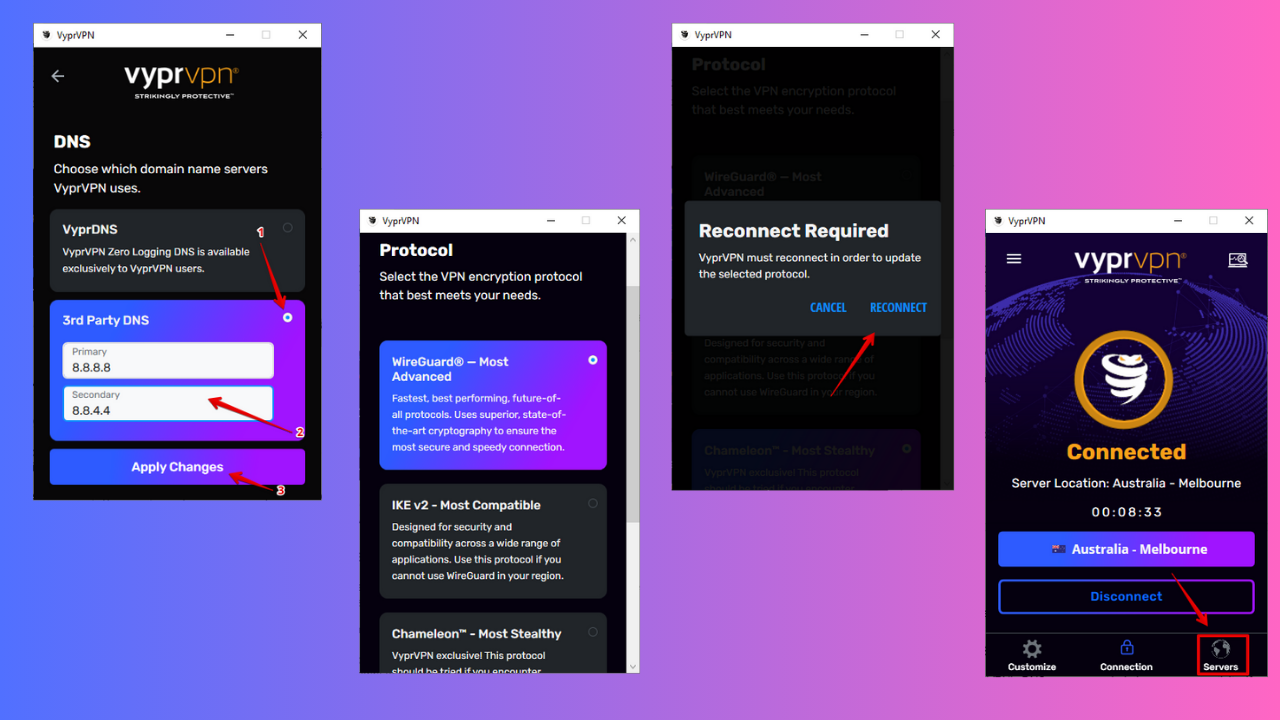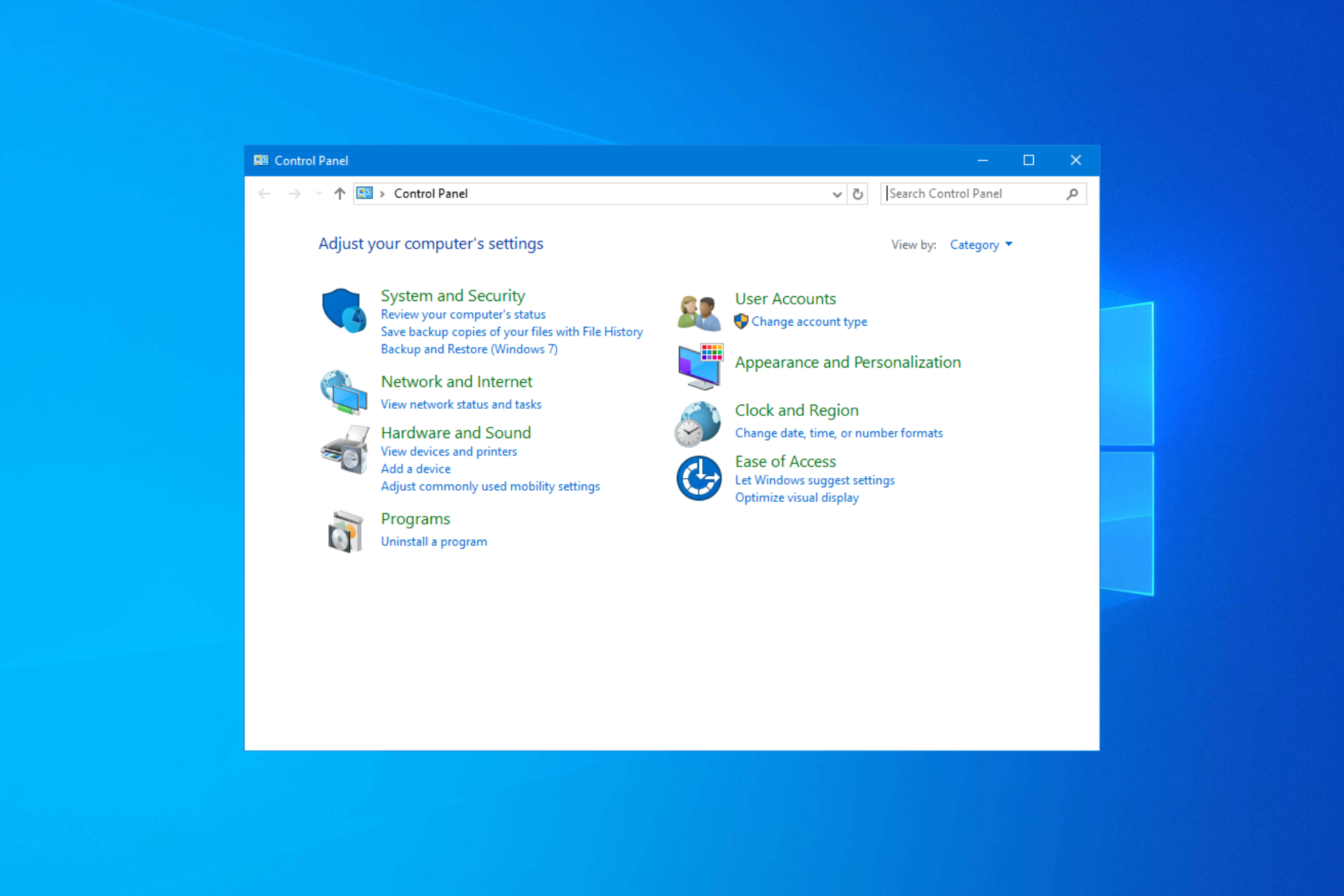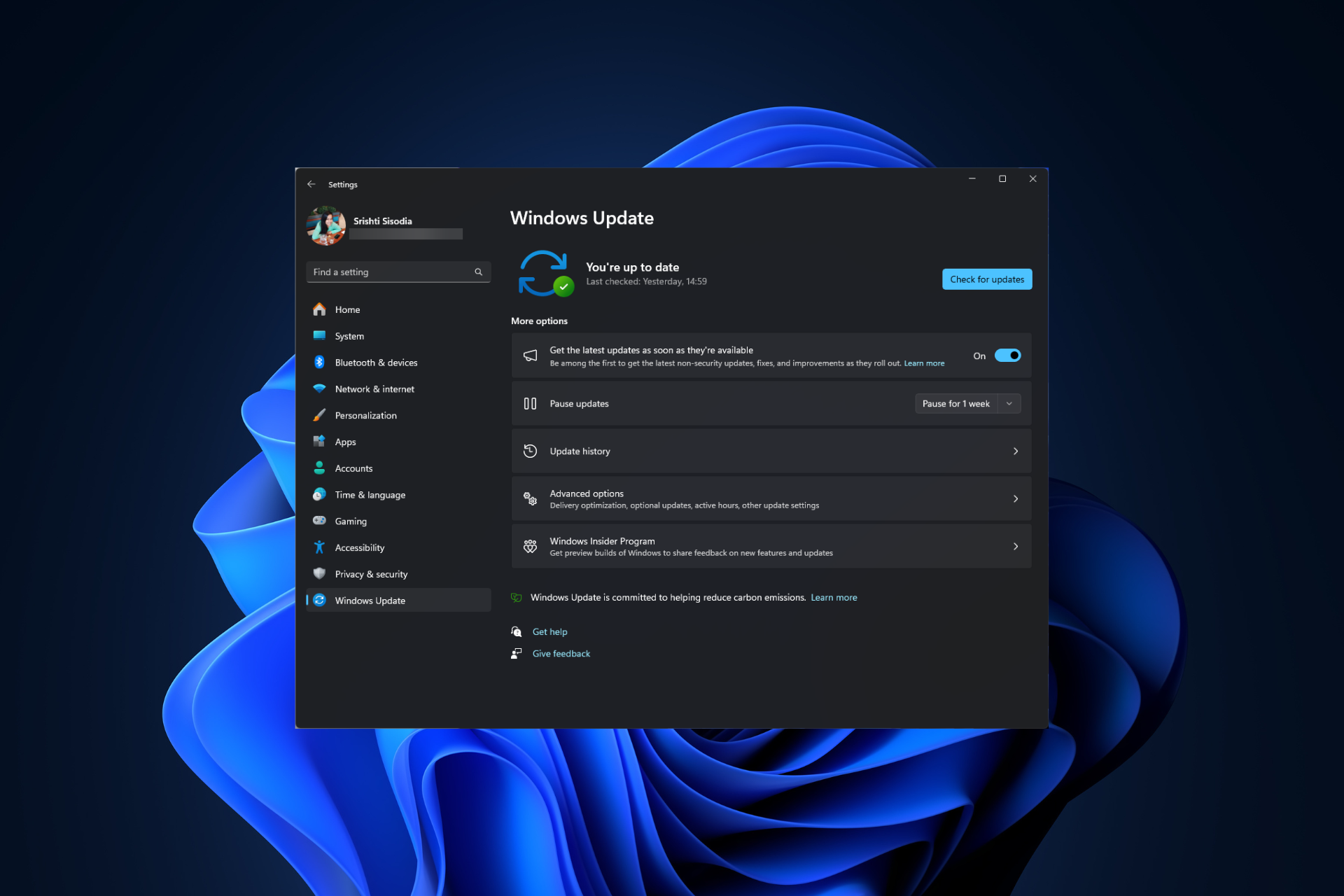Data scientists can now leverage NVIDIA CUDA on WSL
2 min. read
Updated on
Read our disclosure page to find out how can you help Windows Report sustain the editorial team Read more
Key notes
- Windows 10 Insider Preview build 20150 is live in the Dev Channel.
- NVIDIA CUDA on WSL is now in public preview.
- To get the latest news on Windows 10 preview builds, visit our Insider Program section anytime!
- For updates, fixes, and reviews related to Windows 10, check out our dedicated Windows 10 page.

Windows 10 Insider Preview build 20150 hit the Dev Channel (formerly Fast ring) already. It brought a couple of features that may later go live with build 21H1, although nobody can tell that for sure. But if you’re a data scientist, the build introduces something that may interest you—NVIDIA CUDA on WSL 2.
NVIDIA CUDA on WSL goes to public preview
Microsoft announced that it teamed up with NVIDIA to deliver a tool that facilitates GPU accelerated ML training within the Windows Subsystem for Linux. Windows 10 insiders in the Dev Channel and members of the NVDIA Developer Program can access the feature.
This preview includes support for existing ML tools, libraries, and popular frameworks, including PyTorch and TensorFlow. As well as all the Docker and NVIDIA Container Toolkit support available in a native Linux environment, allowing containerized GPU workloads built to run on Linux to run as-is inside WSL 2.
The deployment of NVDIA CUDA on WSL 2 should spark interest among Windows 10 users in the field of artificial intelligence. It enables data scientists to leverage GPU-accelerated deep learning (DL) on Microsoft Windows platforms.
NVIDIA developed CUDA to power parallel computing on devices that utilize the company’s graphics processing units. The technology enables developers to accelerate compute-intensive applications, such as ML training, by leveraging the power of GPUs, in addition.
So, with CUDA on WSL, your compute applications can get the most out of NVIDIA graphics cards and PCs powered by GPUs.
Besides CUDA programming support, you can now work with TensorFlow, MXNet, PyTorch, and other DL frameworks within WSL 2. Open source software libraries like RAPIDS are also available to you.
With GPU compute support coming to WSL 2, data scientists should be getting ML training results much faster going forward.
Are you an AI enthusiast or professional eager to explore NVIDIA CUDA on WSL 2? You can share your thoughts or expectations via the comments section below.
[wl_navigator]

